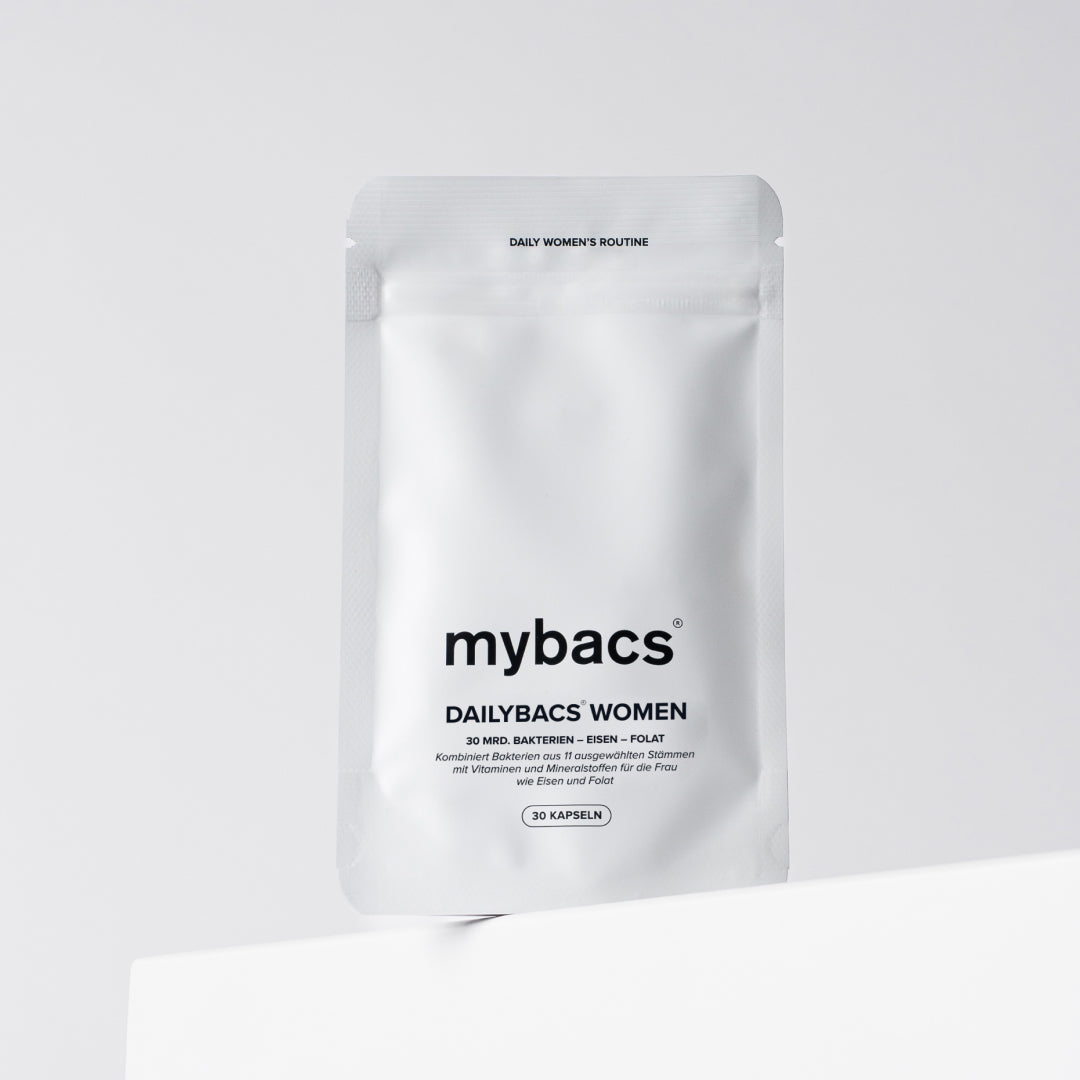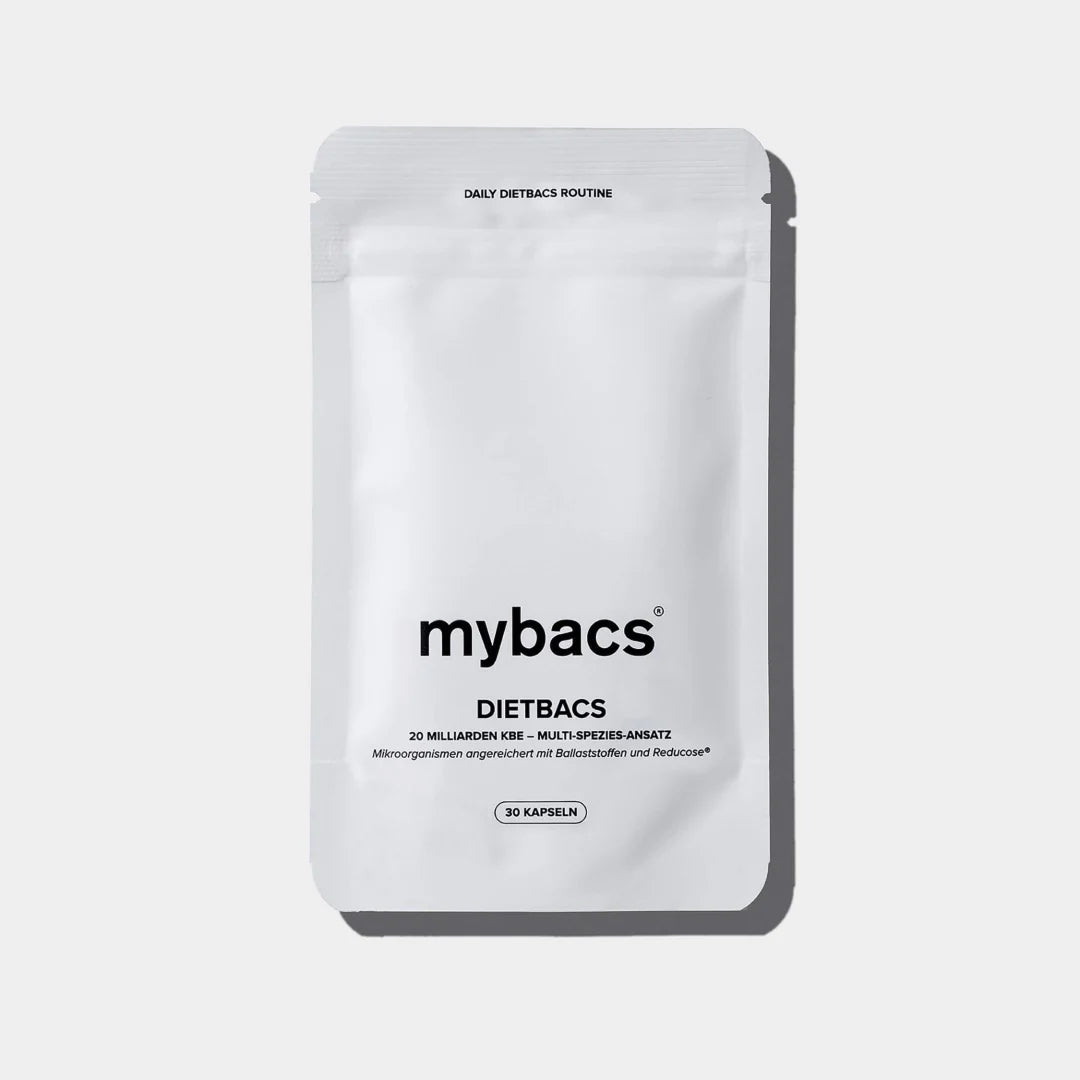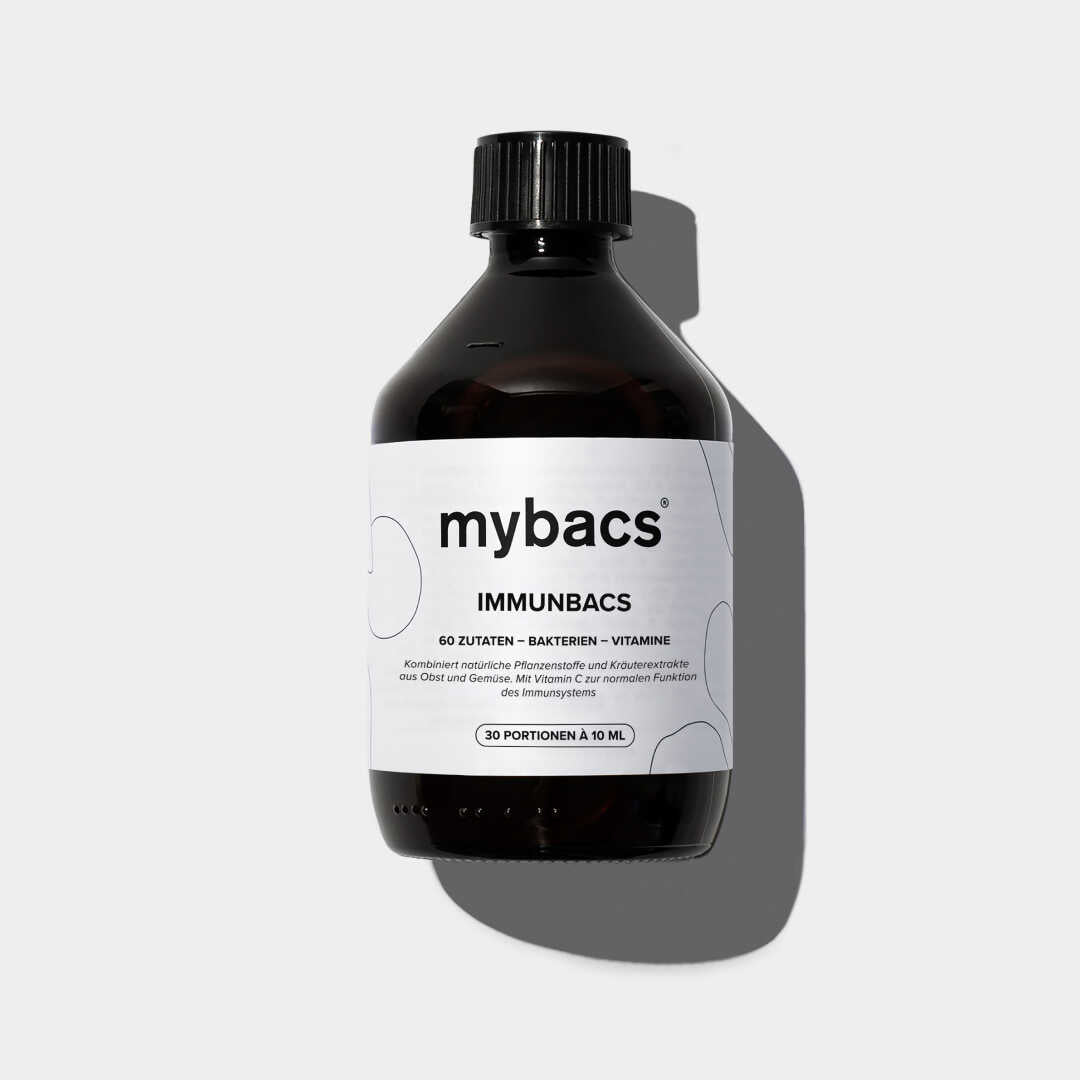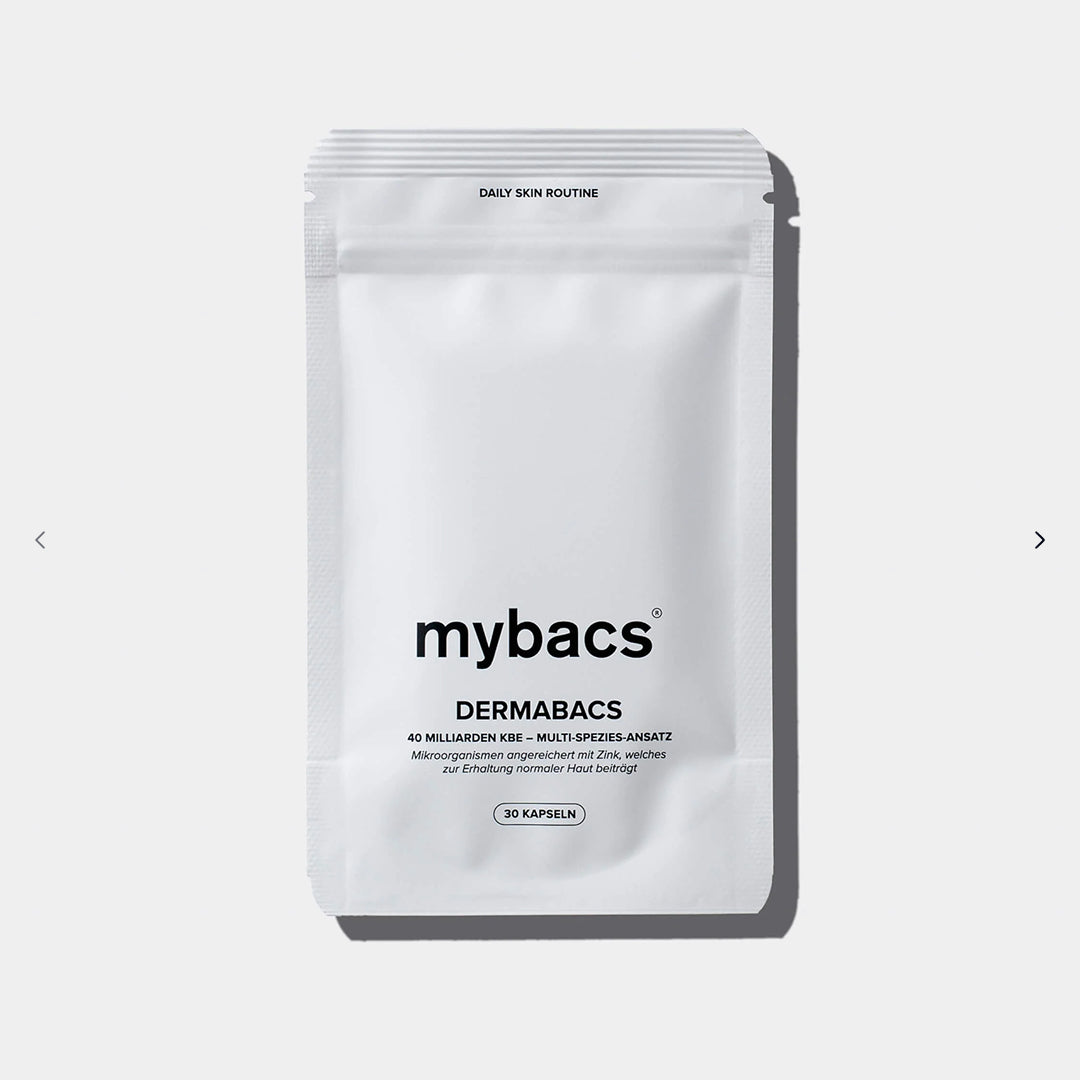UV rays and their effect on your skin microbiome
Do you long for the warmth of the sun on your skin and would love to spend the whole day outside? We completely understand! But before you indulge in the sun, there are a few things to consider to protect your health! UV rays can affect the skin microbiome.
Excessive sun exposure can kill off beneficial microbes on the skin, disrupting the balance of the microbiome. This can lead to a change in the composition of the microbiome, which in turn can contribute to skin becoming more susceptible to infection and inflammation.
Additionally, UV radiation can also contribute to the formation of free radicals, which can further impair the microbiome. Therefore, it's important to protect yourself from excessive sun exposure by wearing a hat, sunglasses, and sunscreen with a high UV protection factor.
7 sun protection tips: What you should pay attention to
- Choose a day cream with SPF that suits your skin type.
Mineral UV filters such as zinc oxide and titanium dioxide offer safe protection against UV rays. Chemical filters can trigger allergies and penetrate the skin. Mineral creams reflect the sun's rays and provide immediate protection, but require more frequent application. Oil-free, alcohol-free, non-comedogenic, mattifying mineral sunscreen is ideal for oily skin. Soothing ingredients such as chamomile extract are suitable for sensitive skin.
Our tip: Sunscreens for babies offer additional protection for sensitive skin. Use plenty of sunscreen and care for dry skin with aloe vera extract or glycerin. Moisturizing ingredients like hyaluronic acid, vitamins C, and E are important for mature skin.
- Don’t forget UVA protection:
UVB rays are primarily responsible for sunburn. The SPF listed on sunscreen primarily indicates protection against UVB rays. However, a good sunscreen should also promise protection against UVA rays. These penetrate deep into the skin and accelerate the aging process. Excessive exposure can also trigger skin cancer.
- 2g sunscreen:
Approximately 2g of sunscreen should be applied to the face and neck. The SPF indicated on the packaging is laboratory-adjusted for amounts of 2mg/cm2 of skin. If you use only half that amount, it's as if you were using only half the SPF, if at all. Theoretically, this means that if you apply an SPF of 50, you can stay in the sun fifty times longer than without sunscreen. However, the sun protection decreases due to activities such as swimming and sweating. So, reapply sunscreen approximately every two hours.
- Read the ingredients carefully:
Mineral UV filters such as zinc oxide and titanium oxide are safe and well-tolerated, but can leave a white film on the skin. The ingredients of chemical UV filters should be carefully checked, as some can penetrate the skin and enter the body. Examples include benzophenone-3, benzophenone-4, benzophenone-5, 4-methylbenzylidene camphor, homosalate, octocrylene, and octyl methoxycinnamate. Fragrance-free sunscreens are important to avoid phototoxic reactions and, in the long term, sun allergy.Active ingredients such as vitamins and antioxidants, such as vitamin E, C, and Q10, can fight off free radicals and help the skin repair itself, making them welcome ingredients in our creams!
- Speaking of ingredients:
Octocrylene is an ingredient found in many sunscreens. It helps protect our skin from the harmful effects of UV radiation.
However, octocrylene can produce a substance called benzophenone. This happens through a specific chemical process. Interestingly, research shows that up to 70% of the benzophenone in these sunscreens can enter our bodies through the skin.
In a study of 16 sunscreens from various well-known brands, benzophenone was already detectable before the creams were subjected to a simulated aging process. After this process, which corresponds to approximately one year, the amount of benzophenone in the sunscreens and day creams had increased significantly. This is important because the question of whether benzophenone can cause cancer is still being investigated. There are some studies that suggest it may be carcinogenic. ist.Wenn So, if you're concerned about the potential risks of octocrylene, there are alternatives. There are sunscreens on the market labeled "reef-safe" or "mineral" that instead use the aforementioned zinc oxide or titanium dioxide to protect the skin from UV radiation. These substances are physical filters that reflect the sun's rays instead of absorbing them like chemical filters, and they don't contain octocrylene.
- Don’t forget to take a sun break:
The process of fending off free radicals is stressful for the skin. Therefore, take a break from lying in the blazing sun. This is also especially helpful when it comes to avoiding sun allergy. Even those who feel more comfortable with a tan should sit in the shade occasionally, as a tan develops after just a few minutes of sun exposure. It only takes a short 15 minutes for the skin to become so stressed by the sun that it tans more slowly.
- After-Sun:
No UV filter offers absolute protection. After a day in the sun, skin is damaged and usually very dry. Therefore, moisturizing the skin after sun exposure is extremely important. As already mentioned, vitamins E and Q10 are good free radical scavengers. However, an after-sun cream should contain dexpanthenol, as well as vitamins C and A, to repair and regenerate the damage caused to the skin. You can also easily make your own after-sun products. For example, you can use curd or yogurt as a mask and remove it before it dries. Applying aloe vera is also an effective method, as it has cooling, moisturizing, and anti-inflammatory properties.
In brief
UV rays can affect the skin microbiome because they can damage the DNA of skin cells and trigger inflammation. This can lead to harmful bacteria overpowering beneficial bacteria and negatively impacting the skin microbiome. Overexposure to UV rays can also contribute to a change in the skin's pH, which can promote the growth of harmful bacteria. It's important to protect your skin from excessive UV radiation.This can help maintain and promote the health of the skin microbiome.
It's also always a good idea to consult a dermatologist or pharmacist for advice on safe and effective sunscreens that suit your skin type and specific needs. Finally, remember that sunscreen is just one of many measures you can take to protect yourself from UV radiation—protective clothing, hats, and shade are also very important, especially during the hottest hours of the day.






